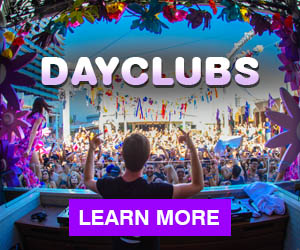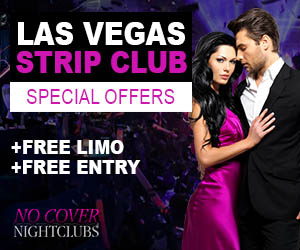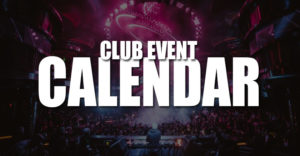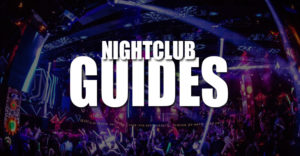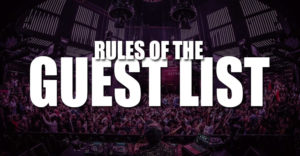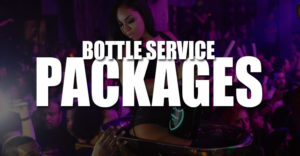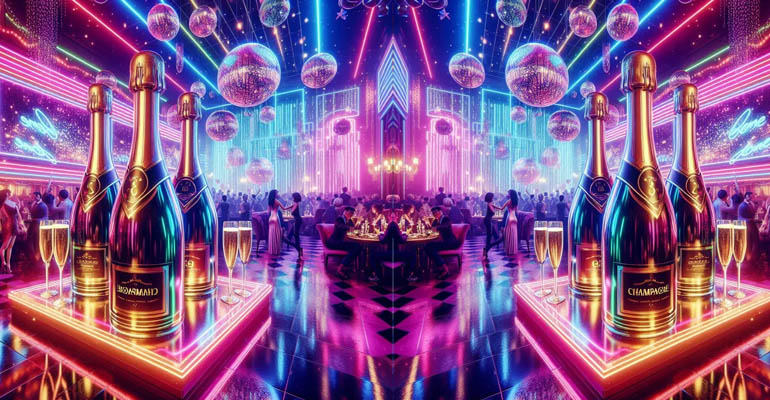
Champagne isn’t just a drink in Las Vegas — it’s a ritual. Whether it’s cascading from towers at Encore Beach Club or showering the crowd during a DJ set at Omnia, that golden sparkle is the soundtrack of a Vegas celebration. But beyond the popping corks and confetti cannons, how much do most people really know about the world’s most iconic bubbly? To find out, we started and investigation with nightlife beverage experts to break down what’s behind the bubbles — and what every VIP guest should know before ordering that next magnum.
Why Champagne Is Having Its Vegas Moment
Champagne’s popularity has exploded over the last decade, especially in Vegas nightlife. Once reserved for New Year’s Eve or ultra-exclusive tables, it’s now a go-to bottle for celebrations every night of the week. The reason is simple: It’s both profitable and photogenic.
The realization lands in the facts that a bottle of Champagne empties faster than standard alcohol bottles combined with the accompanied bottle presentations that keep the table energy high — and look incredible on social media.
Inside the nightclubs and beach clubs at top hotel properties, servers carry illuminated bottles through the crowd like trophies. And with options ranging from affordable sparkling wines to elite prestige cuvées, Champagne has become accessible to nearly everyone partying on the Strip.
Brut vs. Rosé vs. Blanc de Blancs
Brut: Typically a blend led by Chardonnay, Brut Champagne is crisp, citrusy, and refined — think lemon zest, green apple, and light tropical fruit. It’s the classic Vegas brunch choice at places like LAVO or STK.
Rosé: Made from lightly pressed red grapes (often Pinot Noir), rosé brings strawberry and cherry notes with a touch of creaminess. It’s the favorite of VIP tables at Palm Tree Beach Club and Tao Beach, especially during summer pool season.
Blanc de Blancs: Made entirely from Chardonnay, this one is pure elegance — bright, mineral, and dry. You’ll see connoisseurs sipping it at Delilah or Mayfair Supper Club.
Does Price Equal Quality?
Not necessarily. While higher-priced bottles tend to show greater complexity, it always comes down to your palate. Many seasoned bottle service hosts recommend experimenting with different styles — especially for groups.
At the end of the day bottles of Champagne in the club atmospheres are expensive. It's all about what fits your vibe, so drink what you enjoy, that's the real flex.
“Ace of Spades is all about finesse and depth,” one manager at Omnia Nightclub explained. “But I’ve seen guests go crazy for a $30 bottle of sparkling rosé just because it fits the vibe. Drink what you enjoy — that’s the real luxury.”
How to Open and Serve Like a Pro
If you want to look like you know what you’re doing at your table:
Chill it right — Serve between 45 and 50°F (7–10°C). Too warm, and it foams everywhere; too cold, and the flavors vanish.
Handle carefully — Keep your thumb in the base dimple, pour slowly at an angle, and never fill the glass to the brim.
Open with control — Remove the foil and cage, hold the cork firmly, and twist the bottle, not the cork. Let it sigh, not explode. The only place for spraying Champagne is on stage with Steve Aoki.
Surviving the Morning After
No secret formula — just hydration. Between the altitude of rooftop venues and the desert heat, Champagne’s bubbles can dehydrate fast. Alternate every glass with water and maybe a light snack before heading back to your suite.
The Vegas Takeaway
In a city built on excess and celebration, Champagne is more than a drink — it’s part of the identity. From budget-friendly bottles to thousand-dollar jeroboams, Vegas nightlife has made the bubbly both accessible and aspirational. Whether you’re toasting in a cabana, a luxury suite, or at the main table near the DJ booth, remember: good Champagne isn’t about the label — it’s about the moment.



